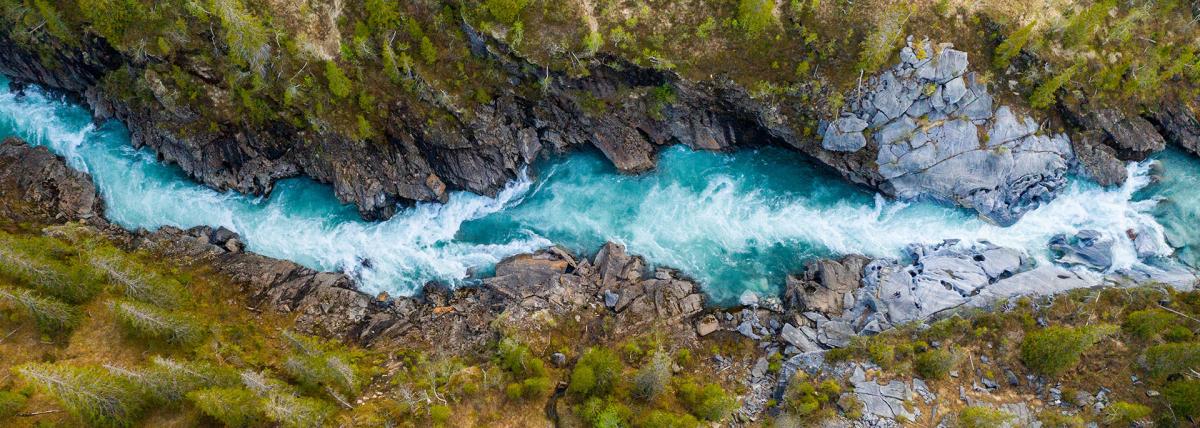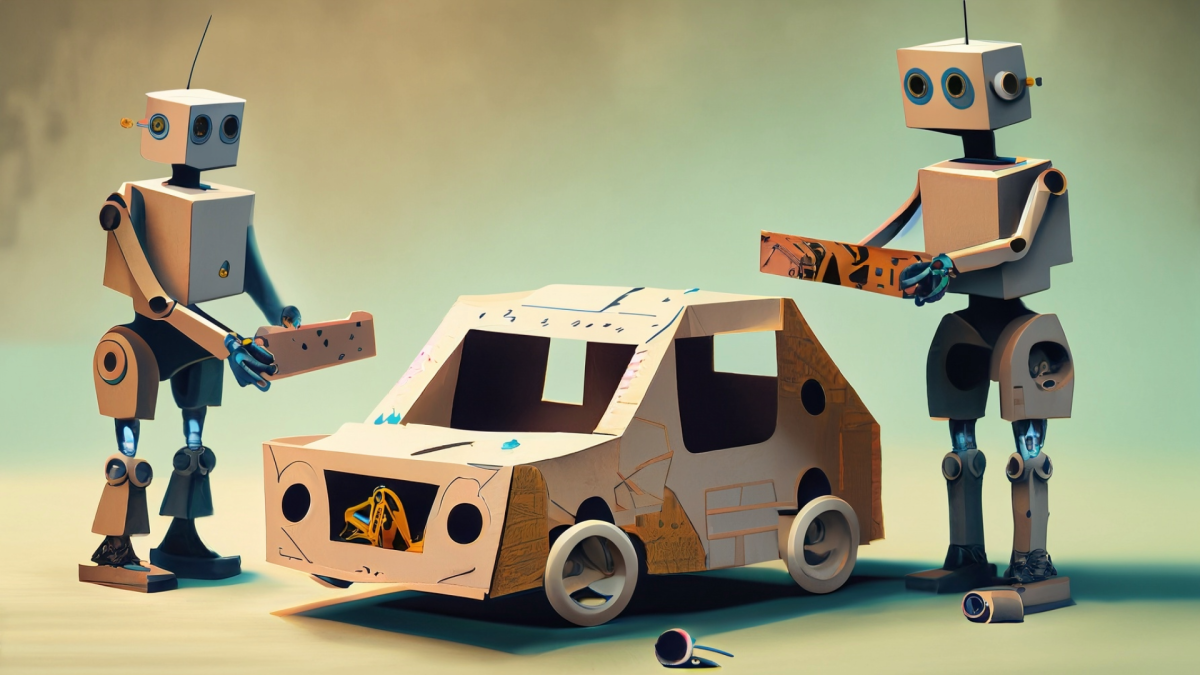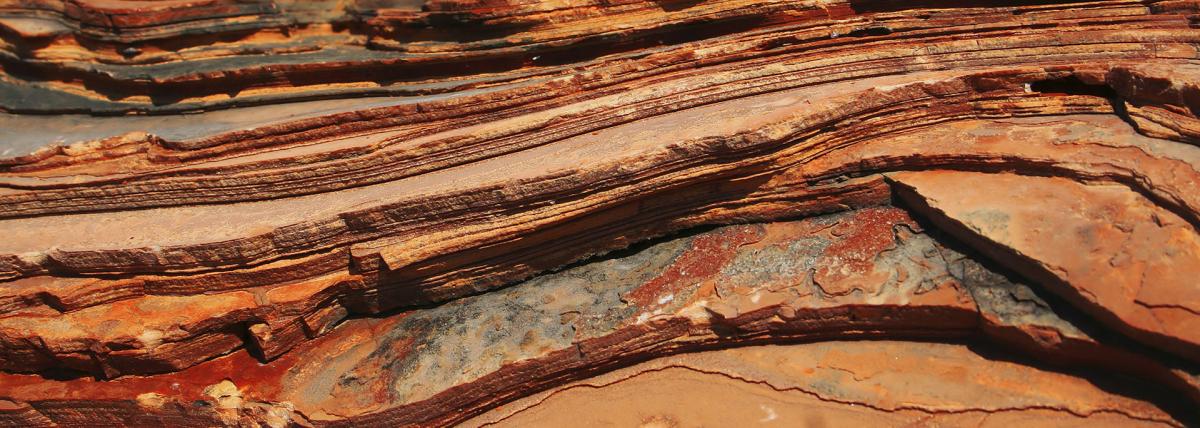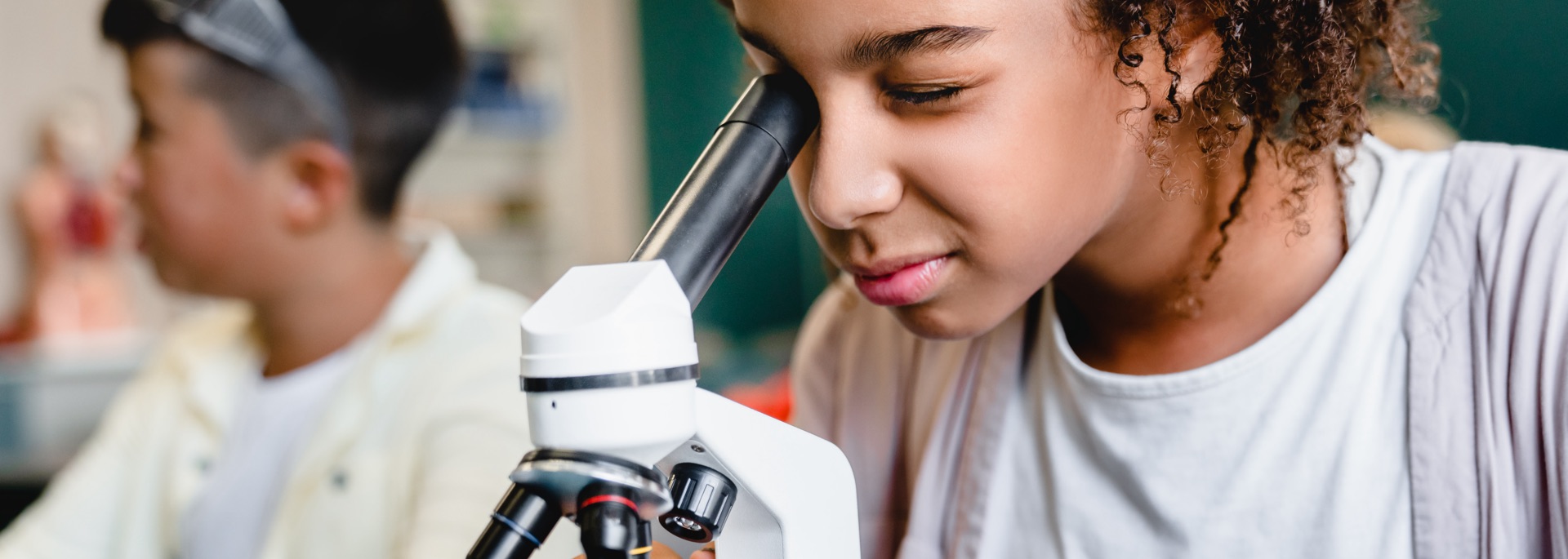In the 5th-grade Paper Plane Aerodynamics lesson, students embark on an exciting journey into the world of flight. Through hands-on activities, they explore the fundamental principles of aerodynamics
Students will use geometric reasoning and the engineering design process to construct solar ovens while learning about renewable energy.
Students are learning to construct a tetrahedron kite using basic materials, understand geometric concepts related to the tetrahedron shape, and learn about basic principles of aerodynamics.
This is the fourth and fifth lessons of 7 in the Take-Off & Landing unit. This unit is the first for the Aeronautics 2 students. Students must have completed the 8 Basic Handling Unit lessons from
This is the third lesson of 7 in the Take-Off & Landing unit. This unit is the first for the Aeronautics 2 students. Students must have completed the 8 Basic Handling Unit lessons from Aeronautics 1
This is the second lessons of 7 in the Take-Off & Landing unit. This unit is the first for the Aeronautics 2 students. Students must have completed the 8 Basic Handling Unit lessons from Aeronautics 1
This is the first of 7 Take-Off & Landing Lessons. This unit is the start the Aeronautics 2 lessons. Students must have completed the 8 Basic Handling Unit lessons from Aeronautics 1 course. (See
Students are expected to design the interior of a tiny house for a client who wants to maximize their small space but not skimp on style and functionality.
This lesson is an activity to see what an angle is and how is can be used to approximate the time of day or even navigating vessels by measuring other celestial bodies. Students will use sextants to
Using the book "Those Darn Squirrels" by Adam Rubin, students will design and create a bird feeder to let the birds IN and keep the squirrels OUT! Communication, collaboration, and creativity are key
Using the engineering design process, students will collaborate to plan and build a tower...but not just any old tower! This "Tower with a Twist" has to include a suspended cup that can also hold
Sailing Down the Road: Part 2
This is part 2 of a two part lesson called Sailing Down the Road. In this lesson students will design a sail that can successfully catch the wind and cause their cardboard car (from part 1) to drive
Students will use a Sphero bot to collect data on the actual speed of the Sphero bot and use the data to make predictions as to how far the bot will travel in a given time frame.
Students will be able to obtain, evaluate, and communicate evidence about how natural and human-caused changes to habitats or climate can impact populations. Additionally, they will be able to
Investigative Phenomenon: When subjected to identical forces, a golf ball and a table tennis ball exhibit distinct movement. In this lesson, students discover: 1. Equivalent force may result in varied
This is a lesson designed for 4th and 5th grade. It would come at the end of the unit on Force and Motion. It describes a wonderful machine called a Rube Goldberg Machine. This lesson includes an ELA
In this hands-on lesson, students will attempt two builds. Students will identify weaknesses and strengths in both of their structures. They will then evaluate the effectiveness of their builds.
Students will be able to look at proportion and percentages of the Earth's layers. Students will research, get the percentages, and create a model of the layers of the Earth.
Simple Machines Save the Day
In this lesson students read about simple machines and learn that simple machines make it easier to lift or move things and that they can change direction and magnitude of force. Students use LEGOs to
Students will learn about the four forces of flight in this introductory lesson. This is lesson one of a four-part unit and provides students with the knowledge they need about flight to engage in a
In part one of this two-part lesson series, students will learn about (or review) the force of push and pull and how this applies to energy transfer. Students will gain an understanding of these
Students will use engineering, art, technology, and 21st century skills to create Halloween costumes for their Sphero robots. Costumes will be showcased in a Halloween parade where students will code
This lesson is about the rock cycle. Students will start by cutting and folding paper crystals. Then students review what they already know about rocks and the rock cycle. They use their understanding
Students will compare and contrast homes and technology from 50 years ago to the present day. Students will design a SMART home gadget that can be implemented into SMART homes of the future.
Featured Lesson Plans
Check out these notable lesson plans.

This interactive 4th-grade lesson plan focuses on erosion and weathering, key concepts in understanding Earth's geology. In "Dynamic Earth," students use an interactive simulation to explore how

Sailing Down the Road: Part 2
This is part 2 of a two part lesson called Sailing Down the Road. In this lesson students will design a sail that can successfully catch the wind and cause their cardboard car (from part 1) to drive

Explore Coal Mine Canyon's wonders! Watch a documentary, read about geology, draw the canyon, and use tech to learn about geological layers. Fun, interactive learning awaits!
